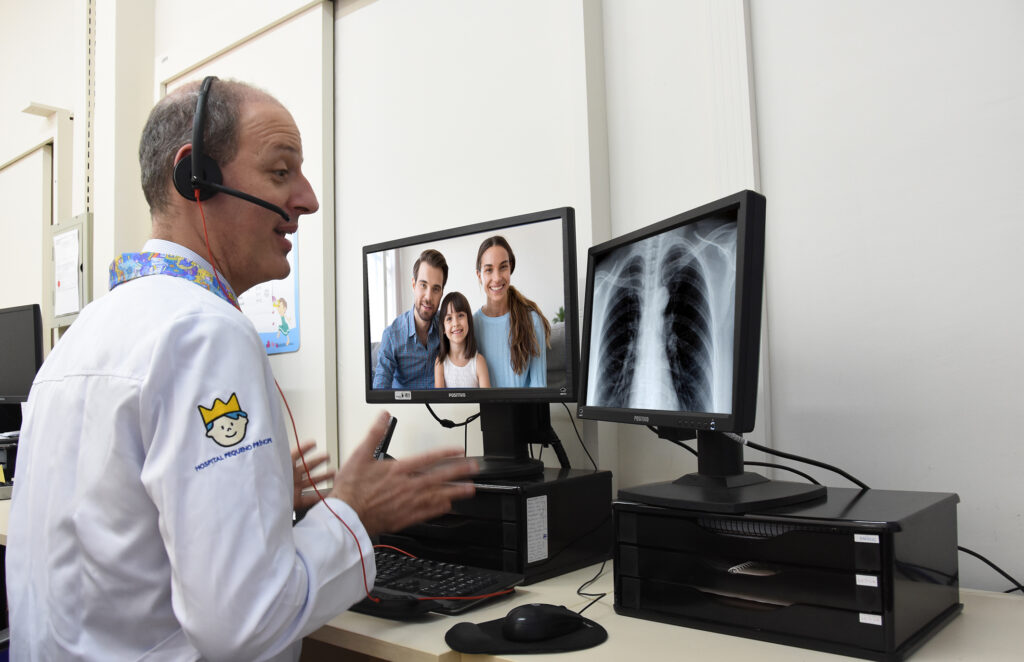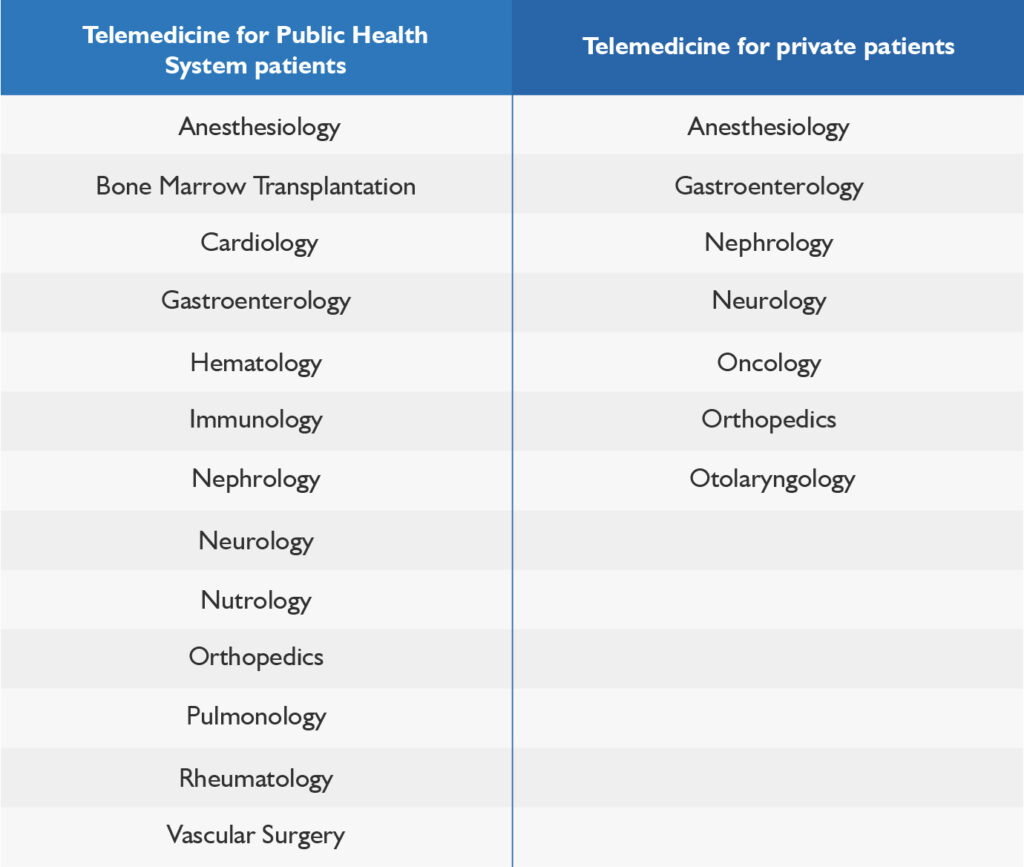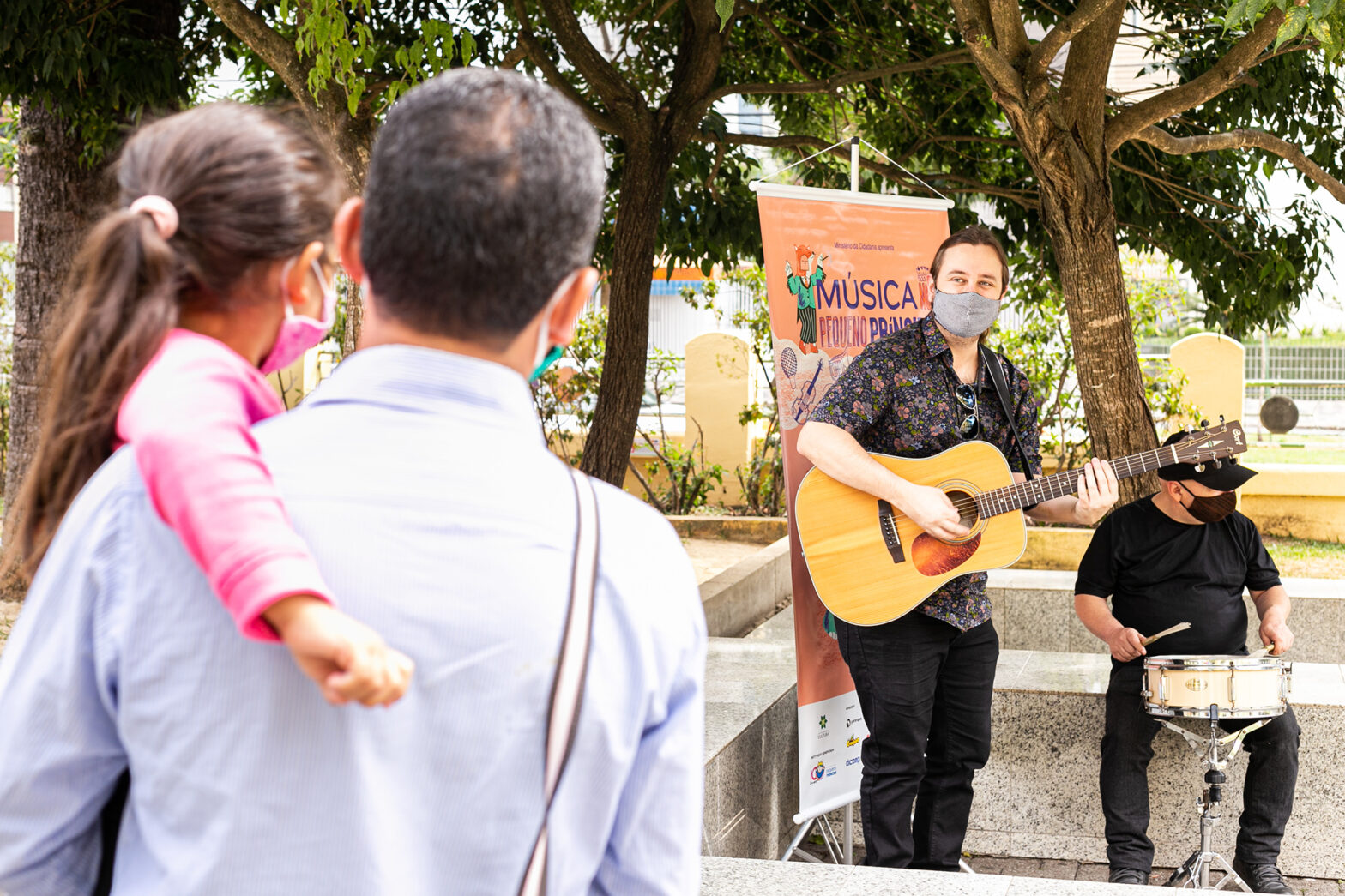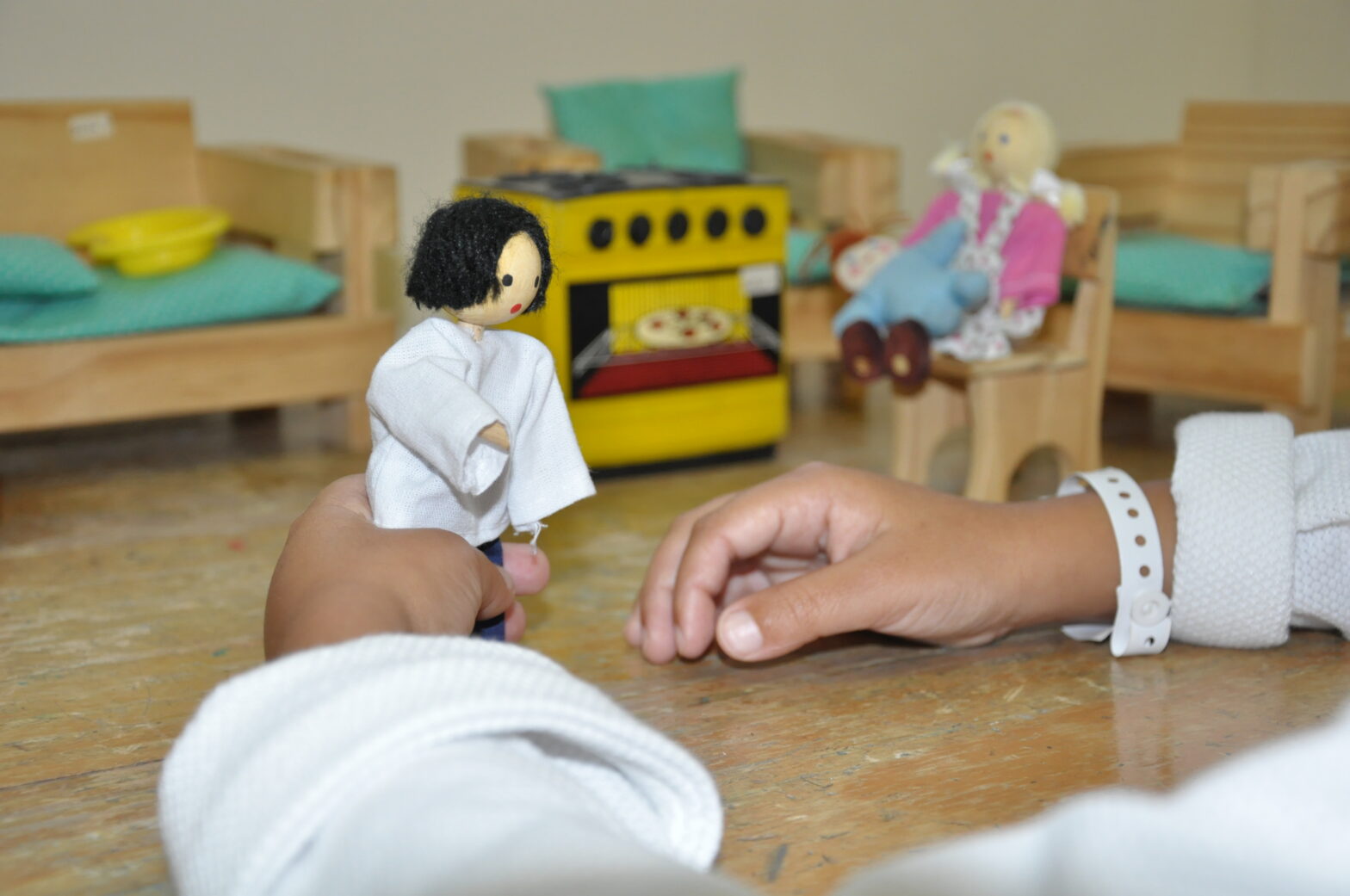Telemedicine: one more way to provide continuity of care during the pandemic
Public Health System (SUS) patients have been prioritized. Consultations are being offered in 13 specialties

If on one hand the coronavirus pandemic has brought countless challenges and sufferings for society, it has also accelerated some beneficial processes for the population, among them the use of technology in health. Pequeno Príncipe Hospital, aware of the needs of its patients and their families, has advanced in several fronts in this sense. One of these advances is the Telehealth Service, which officially started at the institution on February 12th. With the support of the Global Health platform, doctors from 13 specialties began to provide remote care to patients of the Public Health System (SUS), with a methodology and practices that guarantee all the necessary safety for this moment. “We start with the part of the population that most needs access to healthcare. It is our responsibility to democratize access to telemedicine, as well as to understand its applications, aiming at patient safety and the integrality of patient care,” reinforces the institution’s technical director, Donizetti Dimer Giamberardino Filho, when explaining the choice for Public Health System patients to start the work.
In fact, Public Health System patients were the most impacted by the pandemic. “Regular follow-ups of patients with chronic diseases were strongly impacted during this period, as a result of the difficulty of access and restriction to face-to-face consultations. This in turn led to difficulties in preventing clinical worsening and to a less rigorous control of these patients. Additionally, those who get sick from other diseases than COVID-19 have equal difficulty in accessing health services, with an important delay in the diagnosis of serious diseases,” says the doctor who coordinates the Service, Rafaela Wagner.
“We have heard the report of several Public Health System patients who are no longer being able to get to the Hospital. Either because transportation is no longer being offered, or because of the temporary suspension of in-person consultations by determination of the health authorities. This population urgently needs attention in this sense,” emphasizes Rafaela.
According to her, the platform adopted for the consultations offers some conditions that are essential for the correct and safe practice of telemedicine, such as good sound and image quality, the confidentiality to which the patient is entitled during the consultation and in sharing data, and the safe prescription of the necessary medication.
Between February 12 and April 30, 370 telemedicine consultations were held (see the specialties in the box below). The numbers demonstrate the good acceptance of the new practice, both by doctors and by children and adolescents and their families. “The doctors themselves indicate which patients can be assisted through telemedicine and which still need to be seen in person. With this decision-making power, the doctor feels secure and transmits security to the patients as well,” explains Deyse Anne Barbosa de Paulo, a nurse at the Telehealth Service. For the patient to be assisted in this way, he needs to have a cell phone with a camera and internet access. “We thought we would have more difficulty, but patients who don’t have access to the internet are turning to other family members, neighbors, and even the health units in their towns, and with this they are getting a good connection to make the consultations,” says the nurse.
In May, the practice of telemedicine started to be offered on a pilot basis also to private patients.

Welcoming, even at a distance
Orthopedist Ana Carolina Pauleto is one of the doctors who is assisting patients at Pequeno Príncipe using telemedicine and who reports an excellent experience with the new tool. “In general, the patients are very grateful that we are making it possible to provide care in times of pandemic. They feel welcome, even at a distance,” she says. The doctor says that one of the families she serves has twins with cerebral paralysis. “They are teenagers, they are grown up, and getting to the Hospital is always difficult. With the video consultation, I was able to clarify all the doubts their mother had, without the need for her to travel,” she exemplifies.
The orthopedist’s consultations end up being even longer than the face-to-face ones. “I talk to them a lot, so that they feel well taken care of. I can ask the parents to show me the movements that I need to evaluate. And when I feel the need for a face-to-face consultation, I guide the family in this direction. Sometimes, the patient just needs a document to release an orthosis or prosthesis. There are different situations, but we are managing to welcome these families,” she highlights.
Neurologist Daniel Almeida do Valle is also a member of the telemedicine team. He says that with the technology it was possible to resume contact with patients who had not been followed up for two years. “As we are a reference center, we see many patients from other cities and even other states. They are children and adolescents who had difficulty in returning in person, especially after the pandemic began, and who we were able to rescue with telemedicine,” he points out.
Valle says he believes that telemedicine is here to stay. “This technology has greatly facilitated patients’ access to care. It does not replace face-to-face consultations, which continue to be necessary in many situations. But in some cases, it proves to be very efficient, contributing to facilitate access, reduce travel, reduce waiting time, and several other costs,” he analyzes.

More
Children and adolescents cannot be left without education and culture
Initiatives adapt to the social distancing rules imposed by the pandemic and migrate to the virtual environment
More than 100 children victims of violence were admitted at the Pequeno Príncipe in 2020
The total number of patients assisted during the year reached 554. Throughout Life Campaign alerts society to the importance of reporting violence








